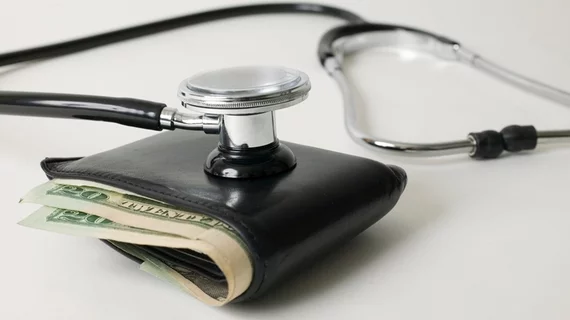Hospital, physician prices jumped over the last 5 years
Hospital prices continue to rise and are a major contributor to overall spending in the healthcare sector, which is expected to hit $6 trillion by 2027. In 2018, the cost of hospital inpatient services topped $200 billion for privately insured individuals and is anticipated to top $350 billion by 2029, according to a brief from UnitedHealth Group.
That jump is in line with previous increases, and price increases are the primary driver of hospital inpatient spending growth, even as utilization declined 5% from 2013 to 2017. Over those years, hospital prices rose 19%, the brief found, or 4.5% annually. At the same time, physician prices grew 10%, or 2.5% annually.
The findings come at a time when the Trump administration is considering requiring hospital to publish the negotiated rates between insurers about their care services. Hospitals are already required to publish the list prices of their services.
Hospital prices are one area representing a significant savings opportunity for overall health spending in the U.S.
For example, moderating hospital price increases across all inpatient services by two percentage points annually from 2020 to 2029 would cut spending for privately insured individuals by more than $50 billion in 2029 and $250 billion over the 10-year period, UnitedHealth Group found.
While physician prices also rose, keeping hospital price increases closer to physician prices would generate huge savings. For example, physician prices for hypertension services rose just 1% from 2013 to 2017, compared to a 6.5% growth in hospital prices. Findings were similar for many other services across the two care settings.
“Slowing the growth of hospital inpatient costs––by reducing hospital price increases to the level of physician price increases––would make healthcare more affordable for consumers and employers,” the brief reads.

